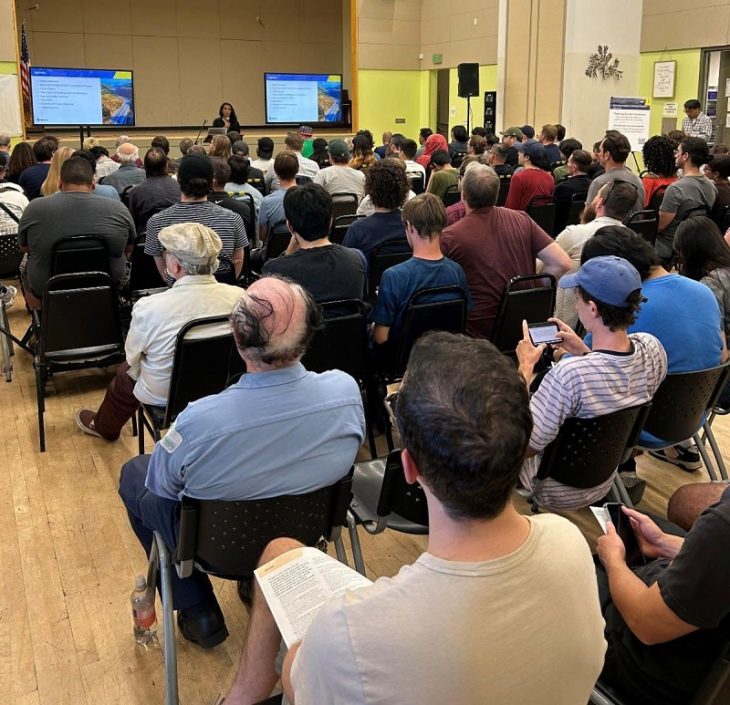By Keldine Hull
The National Cancer Institute (NCI) awarded an $8.7 million grant to the prostate cancer program at the University of California Los Angeles (UCLA) Jonsson Comprehensive Cancer Center and UCLA Health. The prostate program at UCLA is ranked among the best in the country, and the recent designation marks the fourth time UCLA has received the grant.
The Specialized Program of Research Excellence (SPORE) grant was established in 1992 by the NCI. According to the NCI, “Each SPORE focuses on a specific organ site, such as breast or lung cancer, or on a group of highly related cancers, such as gastrointestinal cancers.”
For the past 15 years, the SPORE grant has had an important role in discoveries that significantly impact the way men with prostate cancer are treated, prolonging life expectancy for men who have failed hormone and chemotherapies. According to a UCLA press release, “Developments in imaging for detecting prostate cancer have also been supported through the grant. UCLA was among the first places in the country to employ MRI for detection, diagnosis and management of prostate cancer. Now, MRIs are used regularly to detect and assess the aggressiveness of malignant prostate tumors.”
Over the next five years, the grant will go towards improving the diagnosis, prognosis and treatment of prostate cancer. According to the press release, the grant will fund three translational research projects to find better ways to treat men with advanced stages of the prostate cancer.
In 2018, approximately 164,690 new cases of prostate cancer were detected, resulting in over 29,000 deaths reported in the United States alone. According to Dr. Michael Teitell, director of the Jonsson Cancer Center, “The support from the SPORE grant makes it possible for our researchers and physicians to bring observations from the clinic into the lab, to better understand why some patients respond, why some don’t, and to really understand it at the scientific level so they can develop new drugs and tools to overcome the obstacles that currently exist.”

























